Vietnamese thick noodle soup with fish (or Bánh canh cá lóc) is a traditional dish from Vietnamese cuisine that you can enjoy any time of the day. It is a delectable combination of pork, snakehead fish filets, and thick noodles served with lots of aromatic herbs.
When you travel to Vietnam, you’ll come across many street vendors selling this treat, with many customers enjoying it for breakfast, lunch, or even dinner. But what if you want to make Banh canh at home? Don’t worry! I’ll provide you with the most authentic recipe in today’s post!
Essential Things About Vietnamese Thick Noodle Soup
“Bánh canh” are traditional Vietnamese noodles made from tapioca flour, or sometimes a combination of tapioca and rice flour. It has a thick texture and a signature starchiness. The Vietnamese usually serve these noodles with pork-based broth, a wide array of meat or seafood toppings, and fresh herbs.
Popular variations of this dish include:
Tools
The tools required for this recipe are quite simple. I’d recommend getting a high-quality set of mortar and pestle to help you crush the ingredients more easily.
Ingredients
As for the ingredients, snakehead fish is the most authentic choice. You will also need pork bones to make the broth.
Step-By-Step Instructions
Now that you’ve prepared all the necessary ingredients, time to make some delicious Vietnamese thick noodle soup!
Step 1: Prepare The Spices And Vegetables
Mince the shallots and garlic and divide them into 2 parts. You’ll use the first part for marinating the fish and the other for cooking.
Mince the coriander, scallions, and laksa leaves. Keep the coriander and scallion roots, as they can make the broth more delicious.
Slice the white radish into pieces and thinly grate/chop the cabbage.
Crush the chive bulbs and separate them into 2 parts, similar to the shallots and garlic.
Step 2: Marinate The Fish
Fille the snakehead fish on both sides, then cut the fillets into 1.2 to 1.6-inch (3 to 4-cm) pieces. Keep the filleted fish and the bones separate.
Marinate the fish with ½ teaspoon soup powder, ½ teaspoon turmeric powder, ½ teaspoon salt, 1 teaspoon brown sugar, 1 teaspoon chili powder, 2 teaspoons fish sauce, 3 teaspoons cashew oil, minced shallots, garlic, and crushed chive bulbs. Mix well and marinate for 15 minutes.
Step 3: Make The Broth
First, blanch the pork bones in boiling water with scallions for 2 to 3 minutes. Then, transfer them to cold water and wash off the residue.
Pour 3 liters of water together with the pork bones, onions, coriander and scallion roots, white radish, and ginger into a large pot. Add the fish bones and cook for 45 minutes to 1 hour over medium heat. Remember to skim the broth frequently to make it clearer.
Step 4: Stir Fry The Fish
Heat a pan on the stovetop and add olive oil. Toss in the crushed chive bulbs, minced garlic, and shallot. Fry until fragrant, then remove them from the pan.
Add the fish filets to the pan and pour in a small bowl of water or pork bone broth to prevent the fish from drying. Stir fry the fish for 10 to 15 minutes or until fully cooked and fragrant. Stir gently in order not to crush the fish.
Step 5: Finishing Up The Dish
Boil a pot of water and add a little cooking oil. Blanch the Banh canh noodles for 30 to 40 seconds.
Remove all the vegetables, spices, and fish bones from the stock pot. Season the broth with 4 teaspoons of fish sauce, 2 teaspoon brown sugar, 2.5 teaspoons salt, 3.5 teaspoons soup powder, and 1.06 ounces (30 grams) of rock sugar. Feel free to adjust the seasonings to your liking.
Step 6: Present And Serve
Place the fish over the Banh canh noodles, then pour in the broth. Sprinkle some scallions, coriander, laksa leaves, and fried onions on top.
Put the chopped cabbages and common knotgrass on a plate next to the soup noodle bowl. Don’t forget to prepare some chili fish sauce and Shacha sauce for the fish. Enjoy everything together for the most authentic Vietnamese taste.
Storage Tips For The Leftovers
Most noodle soup-style dishes will taste best when served warm, and Banh canh is no exception. However, you can also store the leftovers in the refrigerator. Put the broth in an airtight container and refrigerate for up to 3 days.
You can also store the noodles in the fridge. Just remember to keep the stock and the noodles in separate containers. Otherwise, they’ll absorb the stock and become soggy.
Extra Handy Notes And Tips
Here are additional handy tips to ensure that your noodle soup will turn out delicious every time.
A Heart-Warming Meal Is Waiting For You
Banh canh is the perfect dish to make whenever you crave a soothing, warm noodle soup dish with an Asian twist. The savoriness of the broth and fish combines exceptionally with the aromatic herbs and vegetables to create an unforgettable meal.
Give this dish a try, and you’ll be pleasantly surprised by how much your family loves it! Drop a comment to let me know your thoughts on today’s recipe, and don’t forget to share it with other people around you!
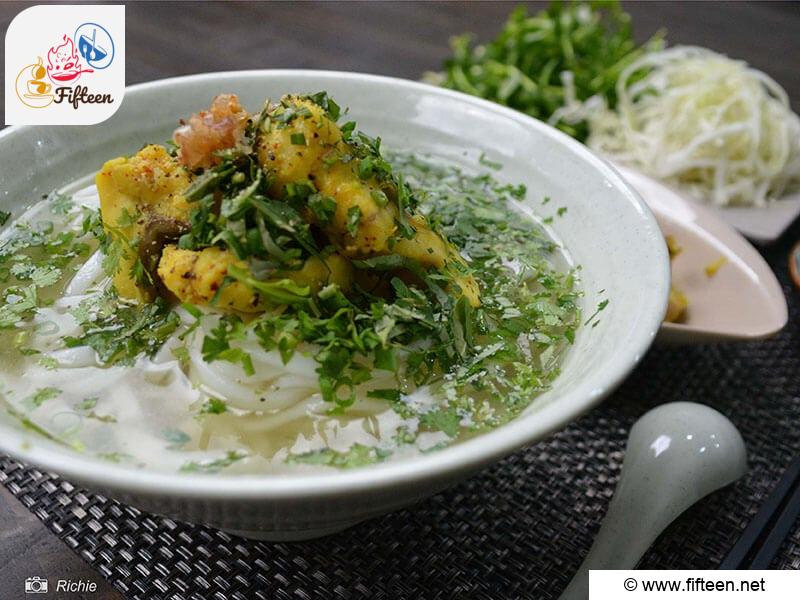
Vietnamese Thick Noodle Soup With Fish (Bánh Canh Cá Lóc)
Ingredients
Main ingredients
- 1.8 pounds (800 grams snakehead fish
- 1.1 pounds (500 grams) pork bones
Condiments and spices
- 0.2 pound (100 grams) chive bulbs
- 0.3 pound (150 grams) shallot, garlic
- 1.06 ounces (30 grams) rock sugar
- 6 teaspoons fish sauce
- 3 teaspoons cashew oil
- 4 teaspoons soup powder
- 1 teaspoon pepper
- 1 teaspoon chili powder
- 3 teaspoons brown sugar
- 3 teaspoons salt
- 0.5 teaspoon turmeric powder
- 1 small ginger
Vegetables
- Common knotgrass
- White cabbage, onion, white radish, laksa leaves, scallions, and coriander
- 1.1 pounds (500 grams) Vietnamese Banh canh noodles
Instructions
- Mince the shallots and garlic and divide them into 2 parts
- Mince the coriander, scallions, and laksa leaves, keeping the roots.
- Slice the white radish into pieces and thinly grate/chop the cabbage.
- Crush the chive bulbs and separate them into 2 parts.
- Fille the snakehead fish on both sides, then cut the fillets into 1.2 to 1.6-inch (3 to 4-cm) pieces.
- Marinate the fish soup powder, turmeric powder, salt, brown sugar, chili powder, fish sauce, cashew oil, minced shallot, garlic, and crushed chive bulbs for 15 minutes.
- Blanch the pork bones in boiling water with scallions for 2 to 3 minutes. Transfer them to cold water and wash off the residue.
- Pour water together with the pork bones, onions, coriander and scallion roots, white radish, and ginger into a large pot.
- Add the fish bones and cook for 45 minutes to 1 hour over medium heat, skimming frequently.
- Fry the crushed chive bulbs, minced garlic, and shallot with olive oil until fragrant. Remove from the pan.
- Stir fry the fish in the same pan for 10 to 15 minutes or until fully cooked and fragrant. Add a small bowl of water or pork broth to prevent the fish from drying.
- Blanch the Banh canh noodles for 30 to 40 seconds.
- Remove all the vegetables, spices, and fish bones from the stock pot. Season the broth with fish sauce, brown sugar, salt, soup powder, and rock sugar.
- Place the fish over the Banh canh noodles, then pour in the broth. Sprinkle some scallions, coriander, laksa leaves, and fried onions on top.
- Serve the soup noodle with fresh vegetables, chili fish sauce, and Shacha sauce.
Video
Notes
- Wash off the pork bones’ residue and congealed blood carefully to ensure a clear and tasty broth.
- You can use udon noodles instead of Banh canh noodles.
- Cooking the noodles inside the stock pot will result in a thicker broth.
- Don’t cook the broth at an overly high temperature because you’ll cloud it.
- Too much water will make your broth bland and flavorless, so be careful when adding water.


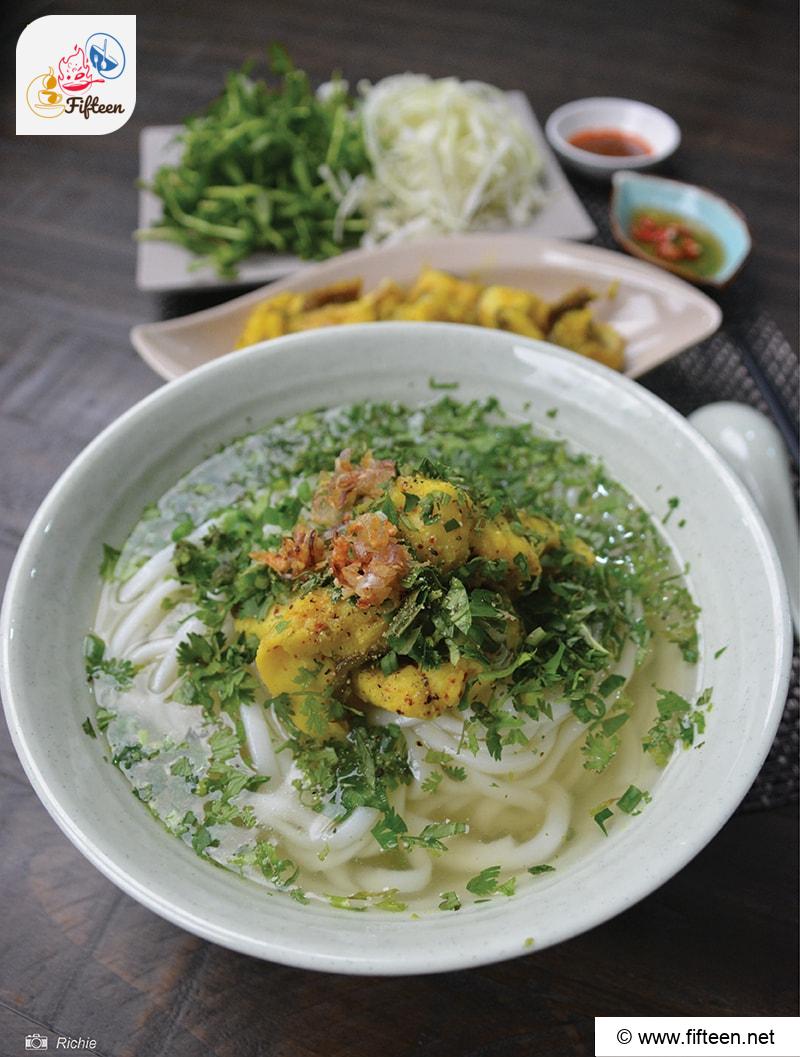
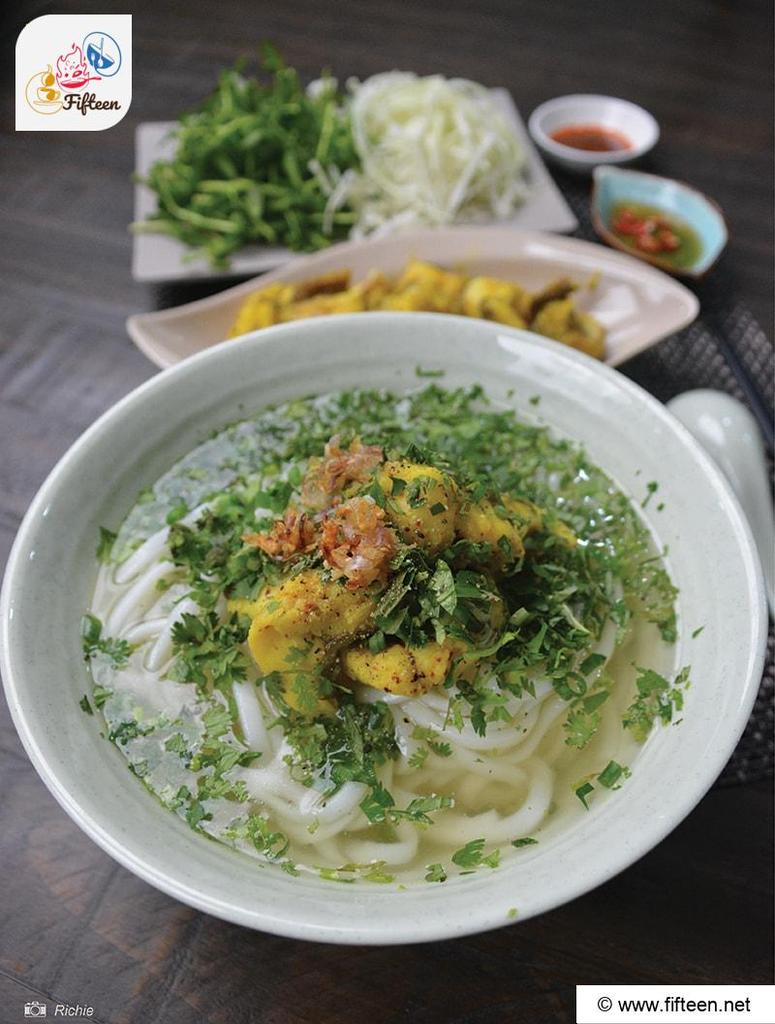
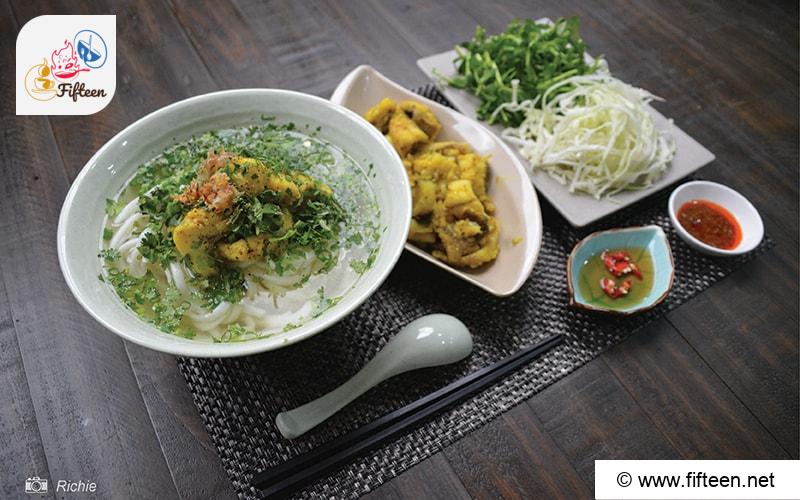
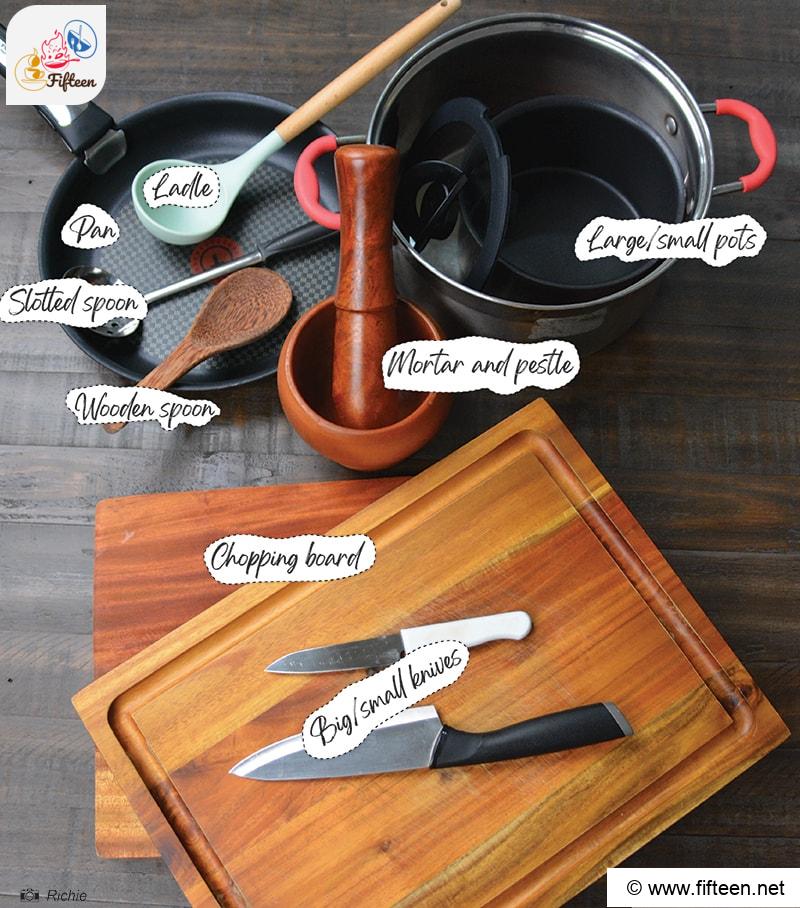
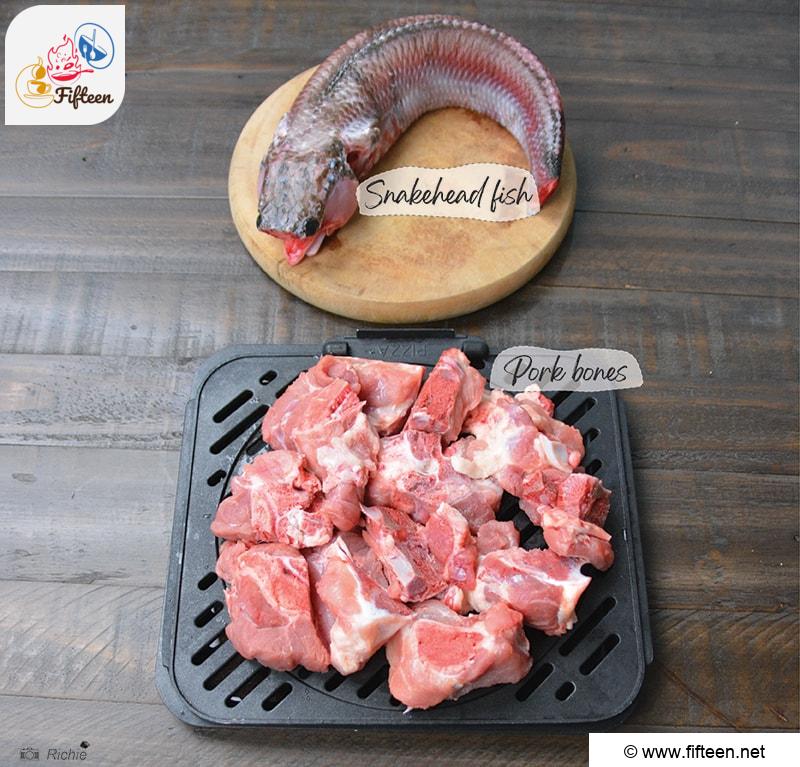
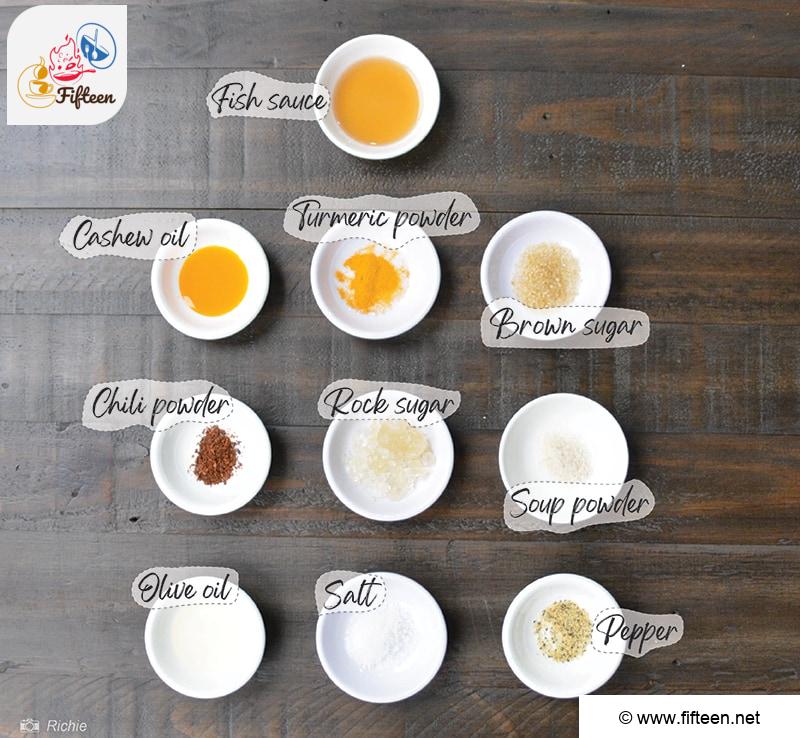
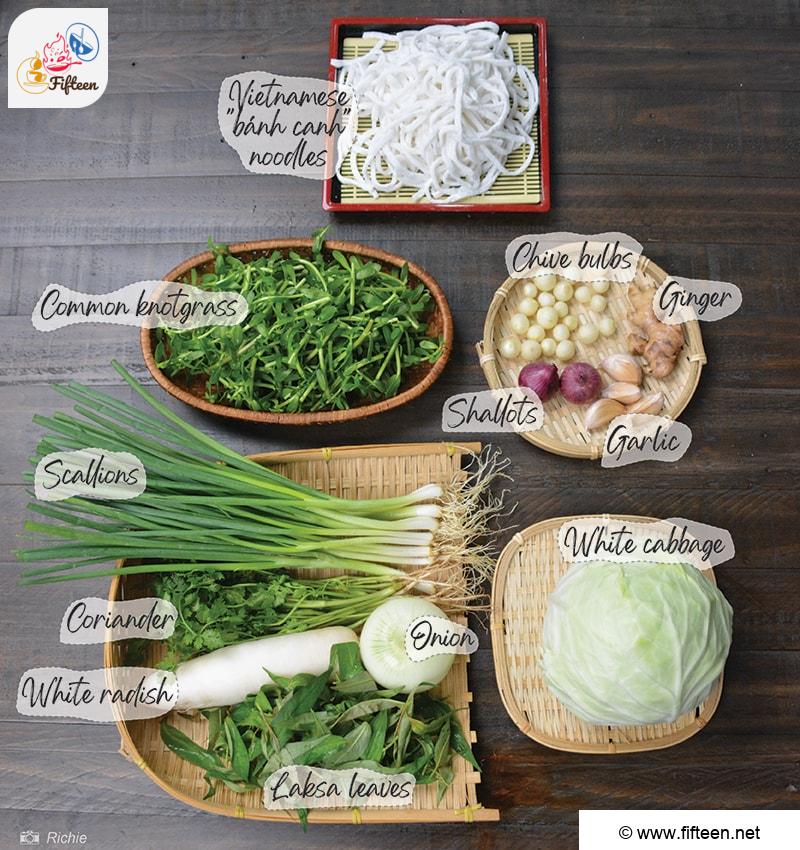
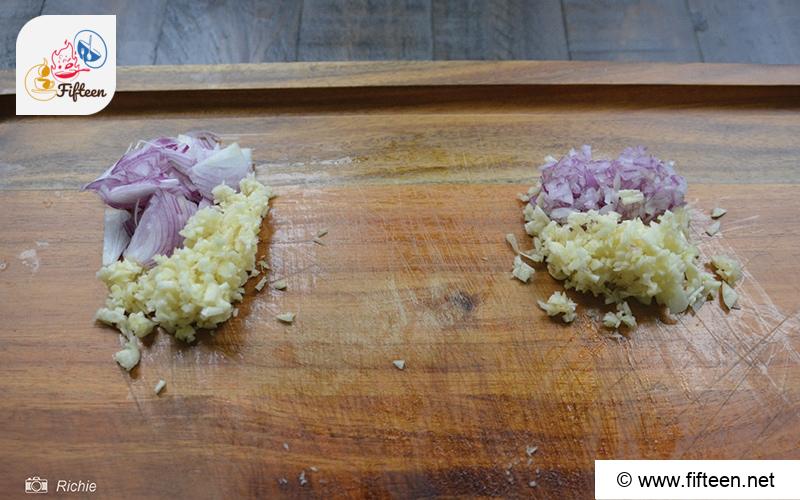
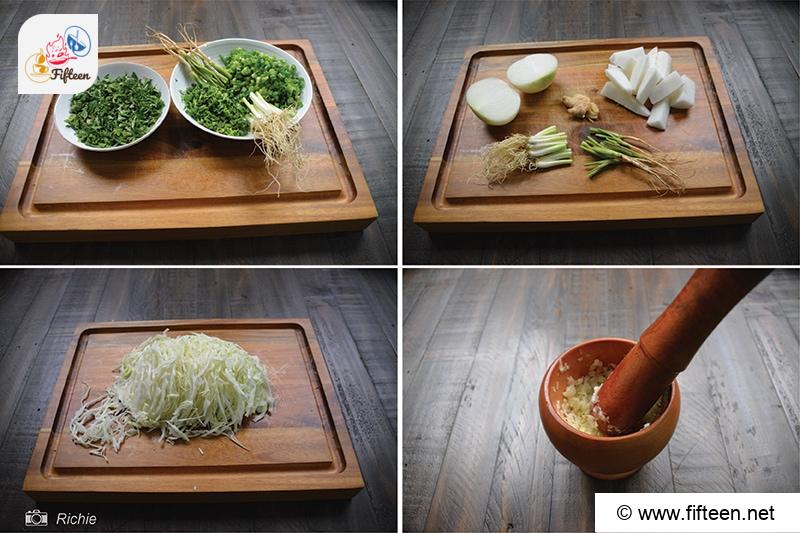
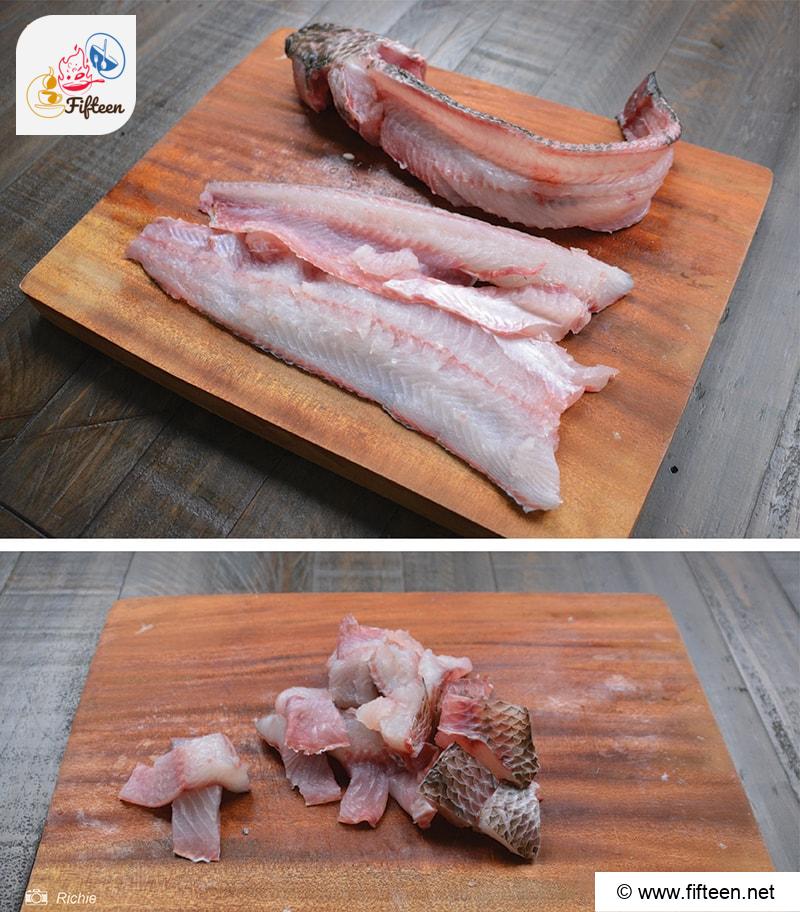
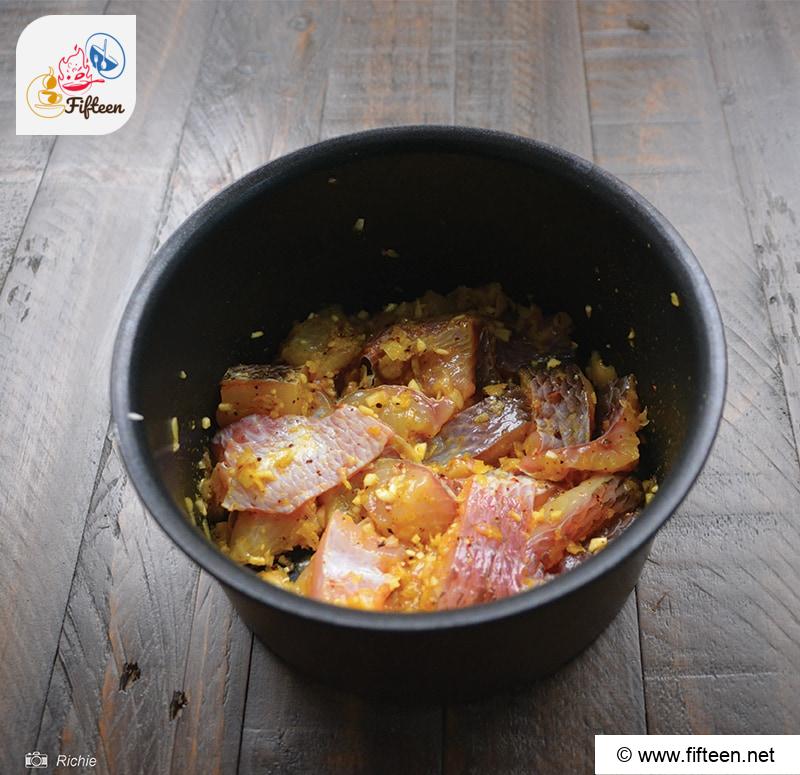
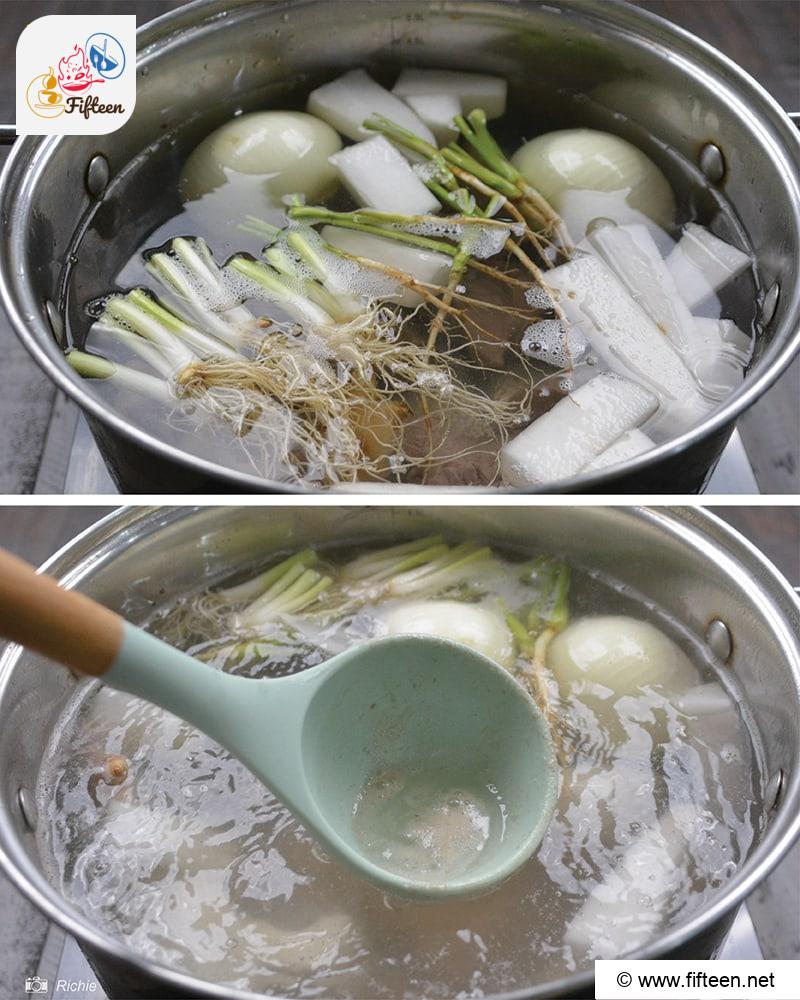
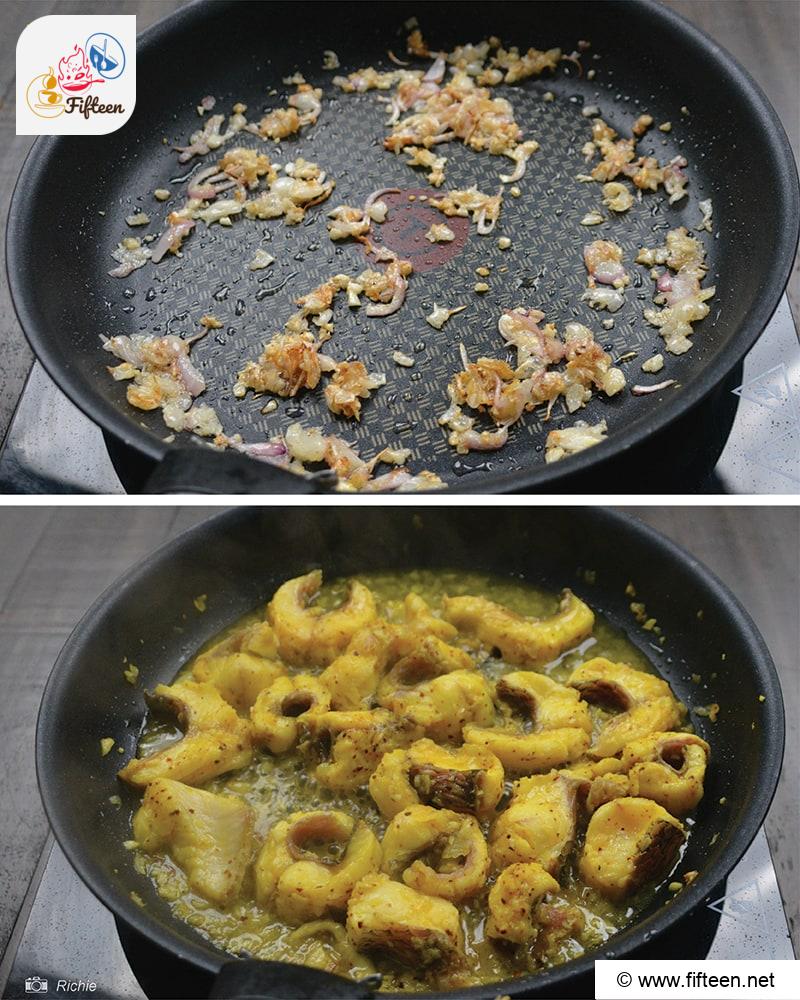
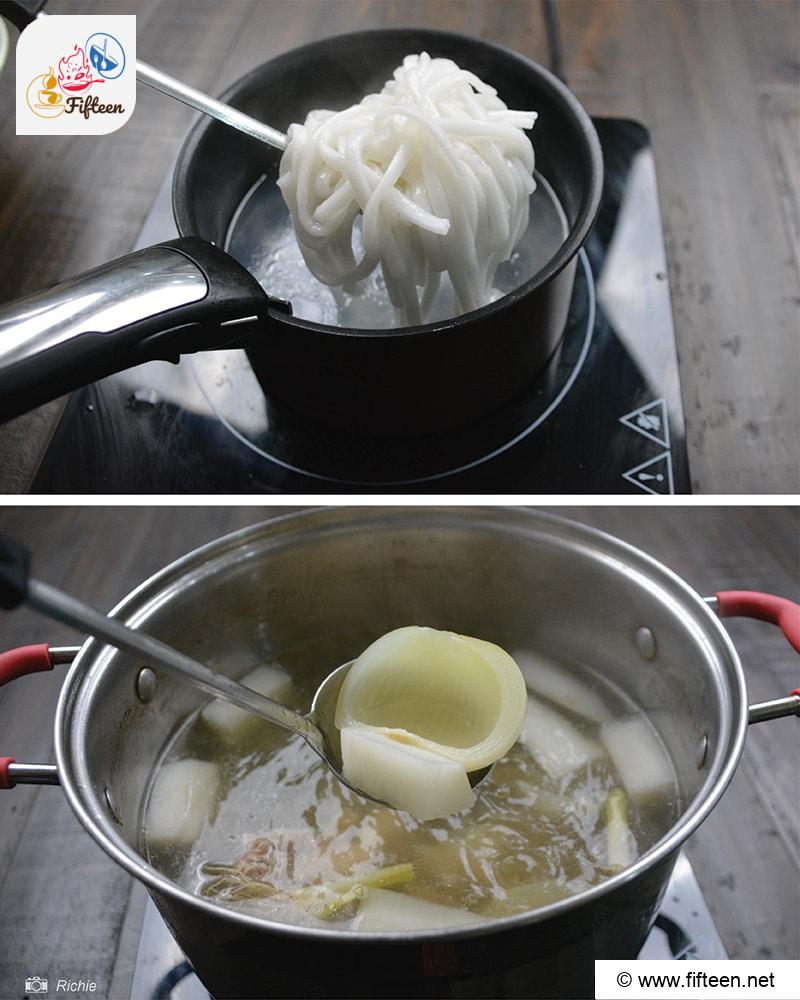
Richie
Content Writer
Expertise
Home Cooking, Meal Planning, Food Styling, Food Photography, Cooking-video Maker, Beverage Evaluation Expert
Education
Saigon Culinary Arts Centre, Ho Chi Minh City, Vietnam
Vietnam Australia Vocational School (VAAC), Hanoi, Vietnam
Richie, based in Ho Chi Minh City, Vietnam, is a dynamic Content Writer with a talent for capturing the essence of culinary art.
Richie specializes in creating visually appealing and tasty content, offering a new angle on Vietnamese and other culinary traditions. With a background in graphic design and a love for food styling and photography, he expertly combines beauty with food narratives, encouraging his audience to discover the culinary world through his imaginative perspective.